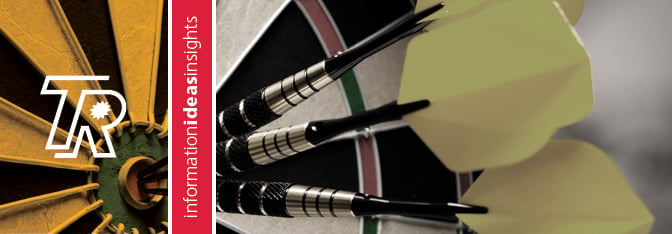
Why do many companies spend months developing and rolling out a recognition program, only to find that they have very poor participation rates? Many point to what the program didn’t include. However, one of the most common shortcomings is that their recognition strategy didn’t include proper communication and training of the program prior to the launch.
Over the years, I've witnessed some horrible recognition moments. While the programs themselves were excellent, the delivery of the recognition was not; the managers and supervisors had no idea how to deliver a message! If those experiences stuck out to me (and I was not the receiver), imagine the impact they had on the employees.
When the experience is not up to par, how do you think the employee feels? From not feeling valued to being let down are just some of the possible results of a bad recognition experience. I’m not saying you have to roll out the red carpet. However, wouldn't your employees benefit from knowing how they individually contributed to a project instead of just a "Thanks for your help" by the water cooler? Research shows that recognizing excellent performance and behaviors will drive more of it in the future.
There is a right way to acknowledge good performance. So how can organizations do it successfully? Whether you have an existing program that lacks participation or you are in the process of rolling out new ones, be sure to add training to the equation. Train your managers on how and why delivering recognition correctly can have a lasting impression on employees. When managers are aware of how to truly affect employee performance through the right words and actions, the results can only be positive.
Part of the training should include getting to know employees likes and dislikes when it comes to recognition. Sure, there are people who dislike being congratulated in front of a group - they prefer it low key and with a few of their peers - and that is okay. There is no rule that says the recognition moment needs to be witnessed by fifty people! As a manager, knowing your employees likes and dislikes can be a valuable resource to enhancing The Recognition Experience®.
An example of a positive recognition moment: After successfully completing a project, John's supervisor wanted to acknowledge him for his role in the accomplishment. Because his manager knew that John liked recognition amongst his peers, the moment took place during the weekly department meeting. John's manager spoke specifically to the behaviors of innovation, partnership and passion that John displayed. Also, he provided results like finishing before the deadline and solving challenges that arose during the process. This type of acknowledgment fit the performance and the employee's recognition expectation.
Offering an employee recognition program throughout the organization is one piece of the process. Educating managers on how to recognize someone correctly can increase the impact those programs have on your employees by leaving people feeling valued and appreciated.

